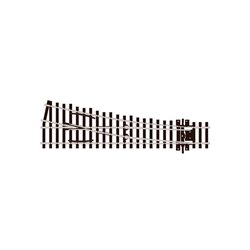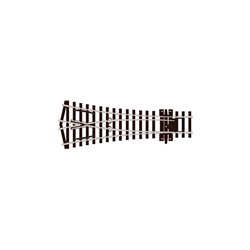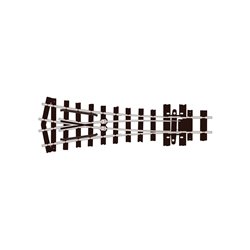This very much depends on the project you are working on. For painting the base coat I would say no it is not...
No products
Product successfully added to your shopping cart
There are 0 items in your cart. There is 1 item in your cart.
Search Tips
Christmas and New Year
We are dispatching orders every weekday apart from Christmas Day, Boxing Day and New Year's Day.
If you order is time critical, select next day delivery at checkout.
The shop in Sandown is closed from 25th December, reopening on 30th December.
What is the difference between a point and a turnout?
In the world of model railways, there is no physical difference between a point and a turnout. They are simply different terms that refer to the same thing, however, in the real world they are very different.
When modellers refer to a point, they generally mean the point as a whole i.e. one small, compact section of model track that houses everything - the blades, rails, sleepers, check-rails and a mechanism that allows trains to be switched from one track to another.
In the real world however, things are not quite that simple. Here a point is usually referred to as a turnout when talking about the assembly as a whole. A complete turnout is made from many components only one of which is the actual point. The component known as the point is the short section of rail that physically moves to direct a train one way or another and is often referred to in model-form as the point blades. So in railway engineer lingo, a pair of points would only refer to the point blades within a single turnout.
To confuse matters further, in the US points are generally referred to as switches, although they will understand what you mean if you call them turnouts you may well get a look of bewilderment should you start chatting about your points.
Click here to receive the tips weekly in your mailbox. You can unsubscribe at any time.










